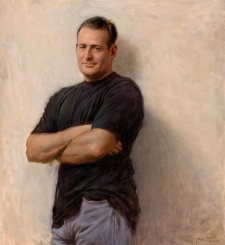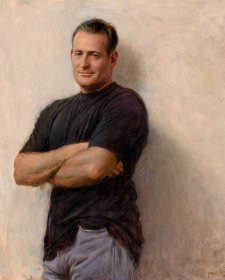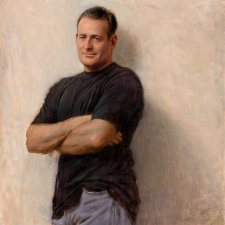Sir Frank Lowy AC (b. 1930) businessman and philanthropist, founded the Westfield group of shopping centres. A Jew from Czechoslovakia whose father murdered by Nazis, Lowy migrated to Australia from Hungary via Israel, having fought in the Arab-Israeli war. In 1952 he joined family members in a Sydney smallgoods delivery business. The next year he went into partnership with John Saunders. They expanded first into property development in the city’s west, opened their first mall in Sydney in 1959 and listed Westfield Development Corporation on the stock exchange in 1960. In 1977 they moved into the USA market. A decade later, Saunders having left, Lowy extended operations into New Zealand then the UK. Lowy served as Westfield’s chief executive officer for over 50 years before assuming a non-executive role in 2011, by which time Westfield Group was one of the world’s largest retail concerns. In 2017 the Lowy family sold their empire to a French property business. During his career, Lowy was also a long-time director of the Reserve Bank, chairman of the Football Federation of Australia and trustee of the Art Gallery of New South Wales. Amongst his causes is the University of NSW’s Lowy Cancer Research Centre; he has also donated substantially to the Victor Chang Cardiac Research Institute. In 2003 he founded a think tank, the Lowy Institute for International Policy, aiming to help Australians to better understand the multitude of global forces that shape their lives.
Collection: National Portrait Gallery
Gift of the artist 2016
Donated through the Australian Government's Cultural Gifts Program
© Paul Newton
Paul Newton (2 portraits)



On one level The Companion talks about the most famous and frontline Australians, but on another it tells us about ourselves.



An interview with Paul Newton, the creator of the portrait of rugby legend David Campese.



Katherine Russell examines the art of Australian artist Paul Newton, referencing the portraiture of John Singer Sargent.